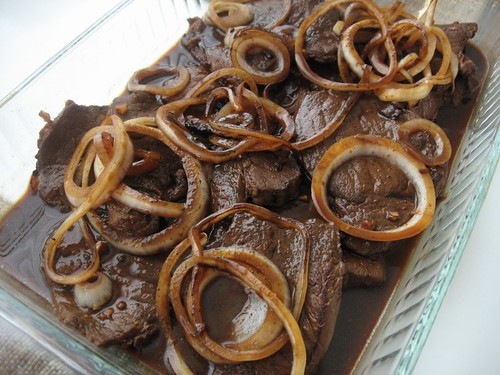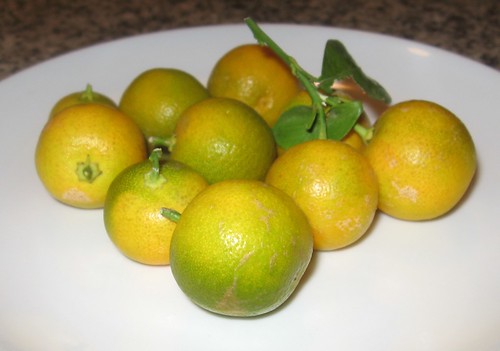When I first saw the Blowtorch Prime Rib recipe in the Ad Hoc at Home cookbook, I knew I was going to make it for Christmas dinner. But this technique is so easy, there is no reason to save it for special occasions.
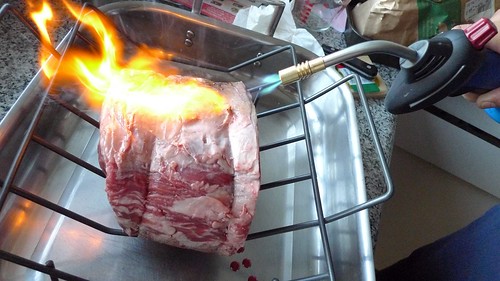 Blowtorching meat is fun!
Blowtorching meat is fun!Of course, the first step is actually buying a blowtorch, and there are several options available. My first choice was the Iwatani Professional Torch Burner because it’s compact and just plain looks cool. The butane cartridges are proprietary, but with all the Asian markets near me, they’re not hard to find. Being the chronic procrastinator that I am, I had to settle for what was available down the street at Lowes. The BernzOmatic TS3000 was cheap (~$26), came with a big can of propane called the “Fat Boy,” and I love the name BernzOmatic. :)

The lovely blue flame produced by the BernzOmatic TS3000.
Roasting the prime rib can be broken down to three steps. I used a 2-bone, 4½-pound standing rib roast that easily fed 6 adults, but you could use this technique with any size roast.
- Place the rib roast on a rack in a roasting pan and sear the meat with the blowtorch until it starts turning gray and the fat starts rendering.
- Season the rib roast with generous amounts of kosher salt and coarsely ground black pepper.
- Roast in 275F oven until the meat reaches an internal temperature of 128F. For our 4½-pound roast, this took about two hours. I use a digital probe thermometer so that I can monitor the temperature of the meat without opening the oven.
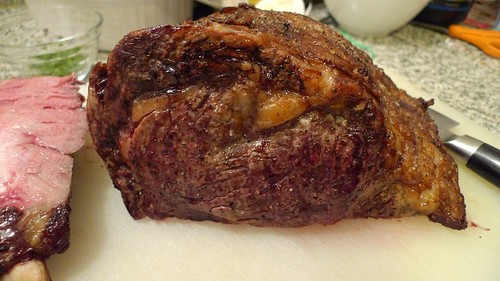
that’s characteristic of good prime rib.
Roasting the meat at a low temperature ensures a beautiful shade of pink all the way through the meat. Rest the meat for at least 30 minutes before cutting into it.

Since everything at Ad Hoc is served family style, the prime rib is cut into thick chunks instead of more traditional individual slices. I think this allows a smaller rib roast to serve more people and cuts down on wasted meat, especially if there are light eaters at the table who can’t finish a whole slice of regular prime rib.
To serve the meat, cut the roast in half down the center and put the meat cut side down on the cutting board. Then cut each half into ½-inch slices. I think serving the meat this way is great because each piece is thick and has a lot of crust. Before bringing the meat to the table drizzle it with a little fleur de sel or kosher salt and some coarsely ground pepper.
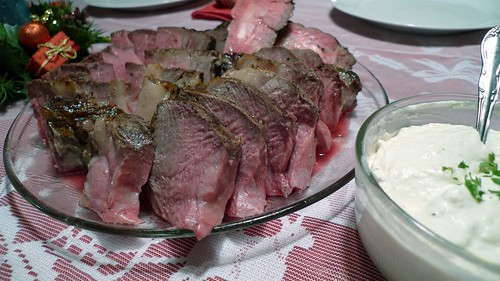 Blowtorched prime rib with horseradish cream
Blowtorched prime rib with horseradish creamThe low cooking temperature means that there’s hardly any drippings in the bottom of the pan to make jus, but you don’t need it. The meat’s beefiness comes through loud and clear, and it goes beautifully with this horseradish cream.
Horseradish Cream (adapted from Ad Hoc at Home)
½ cup very cold heavy cream
2 tablespoons sherry vinegar
¼ cup drained, prepared horseradish
½ teaspoon kosher salt, or to taste
½ teaspoon freshly ground black pepper, or to taste
Put the heavy cream and vinegar in a bowl in a medium bowl and whisk until the cream and holds a soft shape (just before soft peaks). Whisk in horseradish, salt, and pepper until smooth. Cover and refrigerate for up to a week.

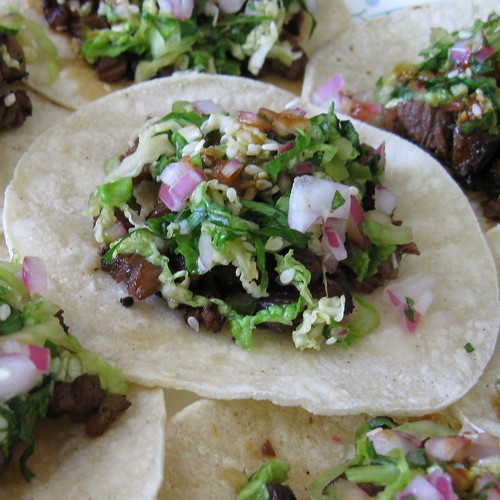

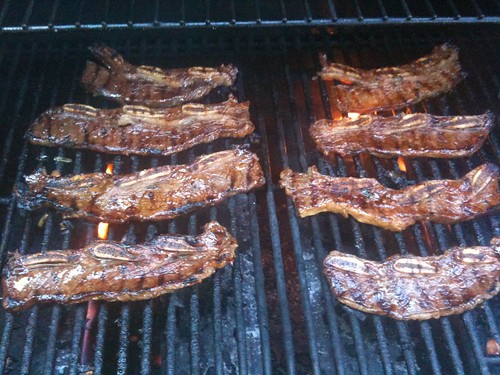
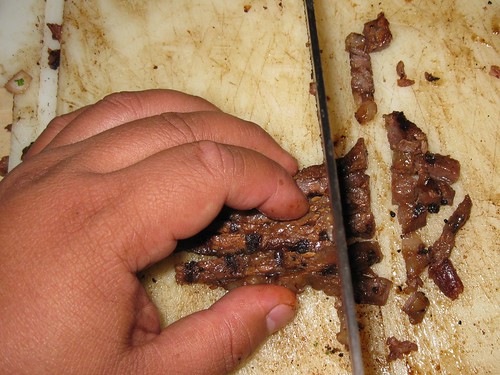
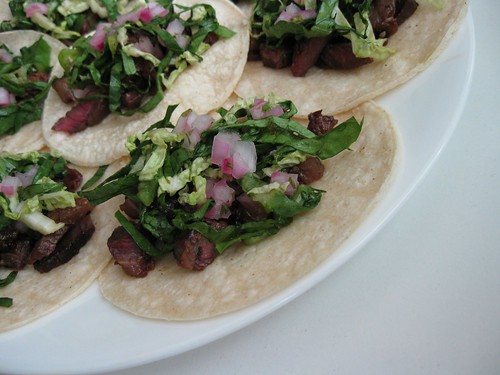
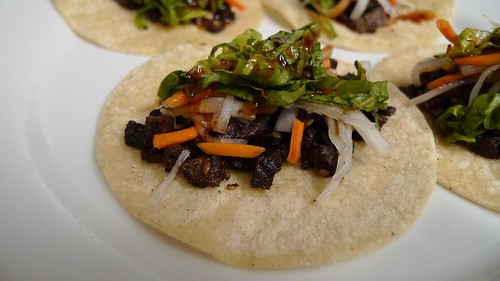
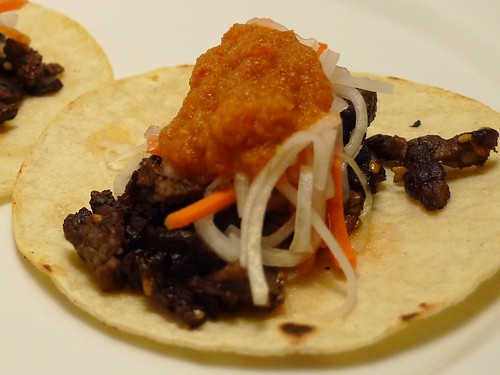

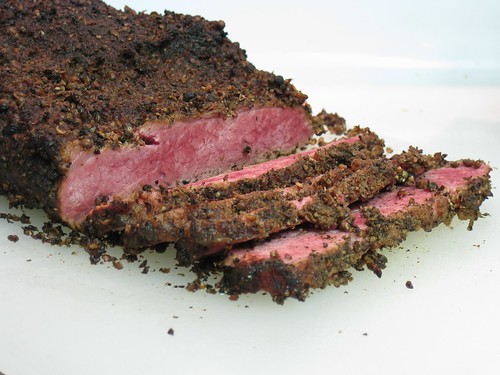
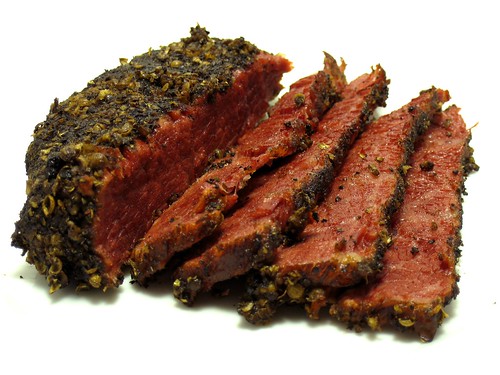
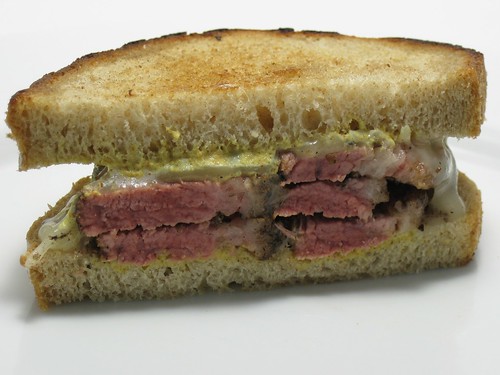

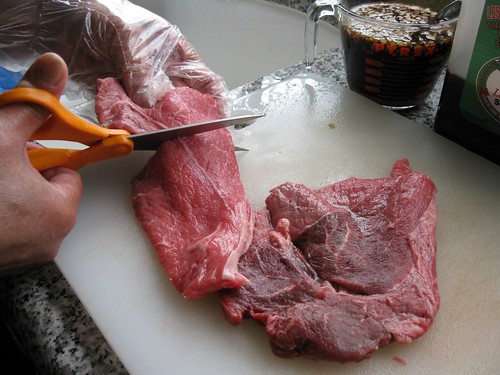
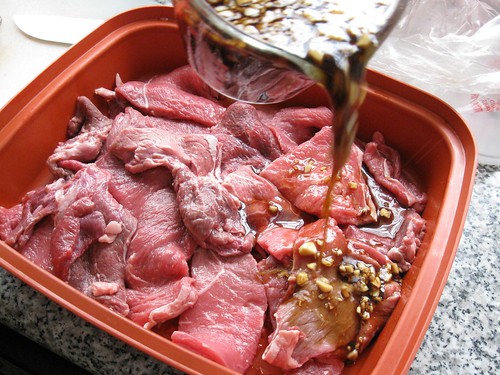
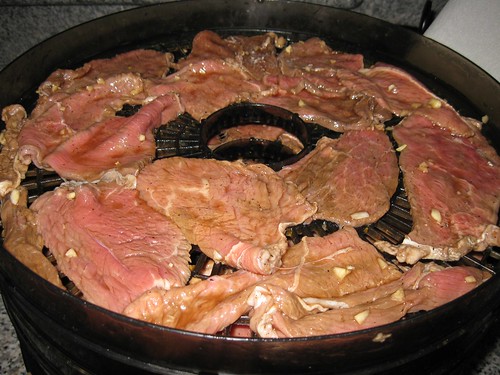
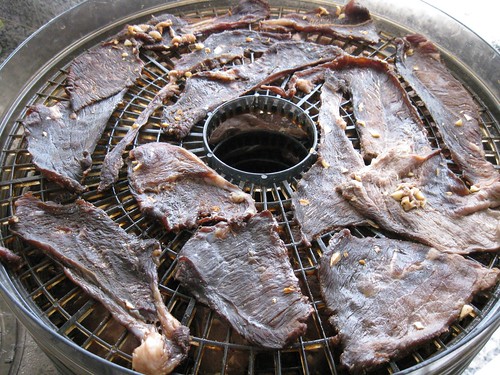 If Lisa Lisa saw this, she’d say it was “all dried out.”
If Lisa Lisa saw this, she’d say it was “all dried out.”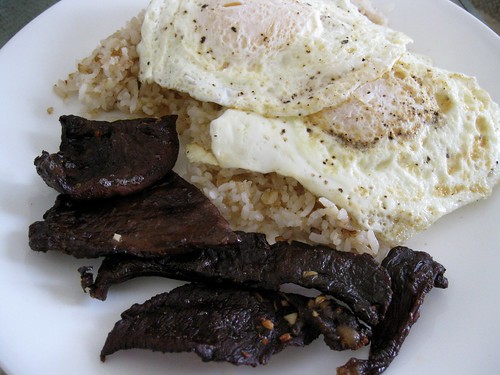 Tapsilog with Dad’s Homemade Tapa.
Tapsilog with Dad’s Homemade Tapa.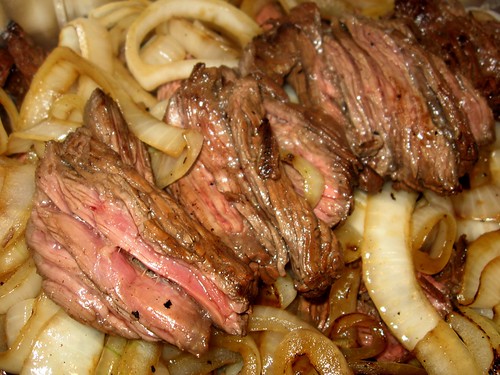
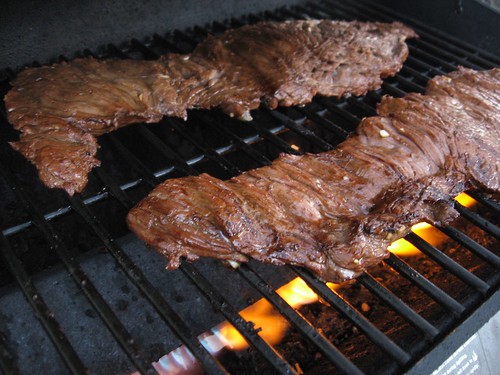 On the Grill
On the Grill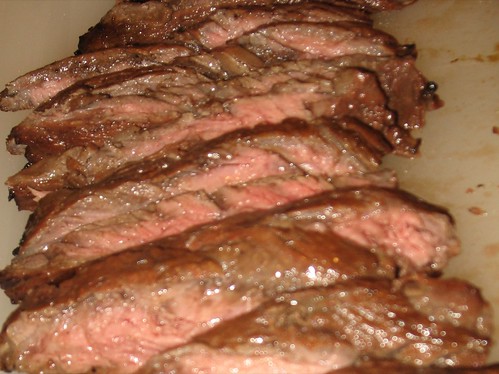 Slice against the grain.
Slice against the grain.